20+ Fashion Decisions Designers Should Be Ashamed Of

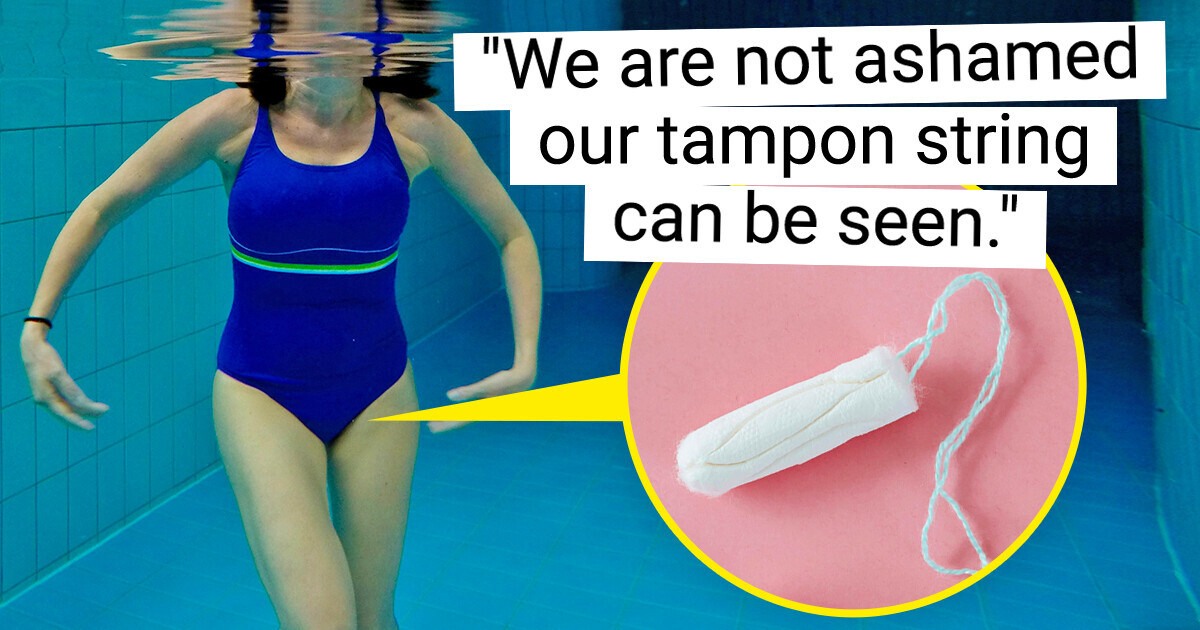
Athletes understand that every sport demands specialized skills and equipment for proper training, and artistic swimming is no different. Spectators are often captivated by the fluid movements, high-flying jumps, and vibrant swimsuits seen in competitions. However, what many don’t realize is the immense effort and dedication happening behind the scenes. It’s this rigorous preparation that truly makes the sport shine in its own unique way.
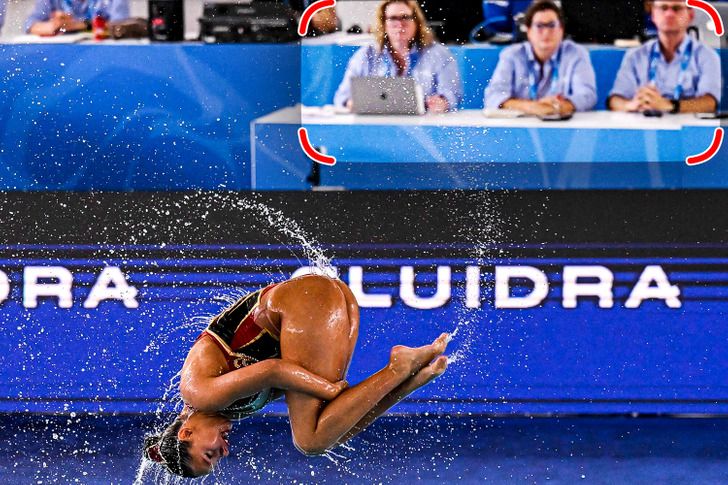
In artistic swimming competitions, routines are evaluated by a jury divided into three panels, each consisting of five judges. These panels assess different aspects of the performance. During technical routines, one panel focuses on execution, another on overall impression, and the third on specific required elements. For free routines, the evaluation shifts — one panel judges the performance, another assesses artistic presentation, and the last determines the level of difficulty.
Due to budget constraints, many artistic swimming teams are unable to hire professional makeup artists for each competition. As a result, swimmers take on the task themselves, designing and applying their own makeup to ensure a polished and cohesive look during performances that won’t budge in the water.
Preparing for a competition can be costly. On average, each swimmer goes through a bottle of sunscreen per week and replaces their swimsuit once a month. However, their makeup routine isn’t just about appearance.
Over the course of their careers, artistic swimmers use around ten lipsticks—not for vanity, but to ensure their features remain visible from a distance. Similar to makeup used in television production, it may seem bold up close but appears natural when viewed from afar.
In artistic swimming, routines typically range from two and a half to five minutes, depending on the number of athletes performing. Regardless of team size, competitors must adhere to precise timing, as exceeding or falling short of the required duration by more than 15 seconds results in a penalty.
Swimming is widely recognized for its positive impact on cardiovascular health. It enhances oxygen utilization in the body without placing excessive strain on the heart. As a result, regular practice can reduce the risk of heart disease by up to 40%.
In major competitions, athletes may need to undergo a flexibility test before performing their routine. Each team member who successfully passes the test earns an additional point for the team’s final score.
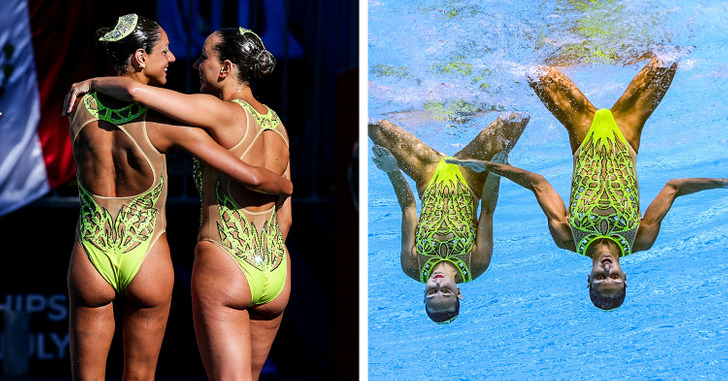
Artistic swimmers need to be mindful of their swimsuit choices, considering both the material and design. The ideal swimsuit should be lightweight, comfortable, and provide ample support. Styles featuring an “X” design on the back and high-cut legs are particularly popular, as they offer enhanced flexibility and freedom of movement.
Artistic swimming competitions can be highly demanding, not just in terms of time and makeup but also in attire. In compulsory figure events, athletes must execute specific movements in front of a panel of judges, who assess their technique and precision. To maintain uniformity and prevent distractions, participants are required to wear a plain black swimsuit without visible logos and a white swim cap.
Many people assume that artistic swimmers can hold their breath for an extended period. However, even the athletes themselves are unsure of their exact limits. This is because, during training and competitions, they are constantly moving — submerging and resurfacing every few seconds — rather than remaining still while holding their breath.
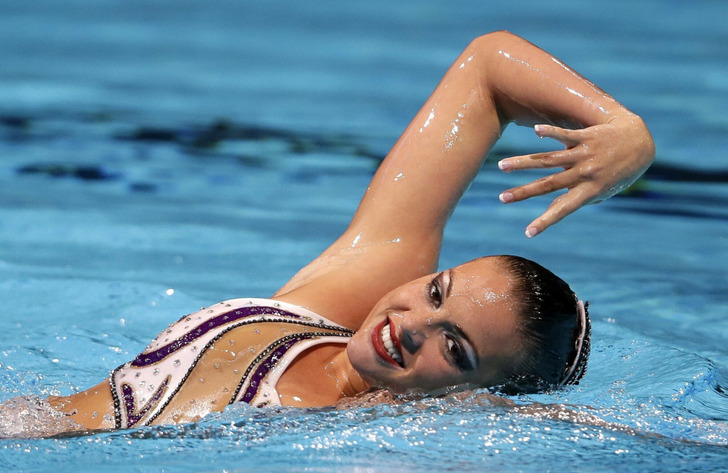
Nose clips are commonly worn by swimmers to stop water from entering their nostrils. Though they can be a bit uncomfortable, most athletes choose to use them. However, some have found alternative methods to keep water out of their noses. For instance, Mary Killman is able to seal her nostrils with her upper lip.
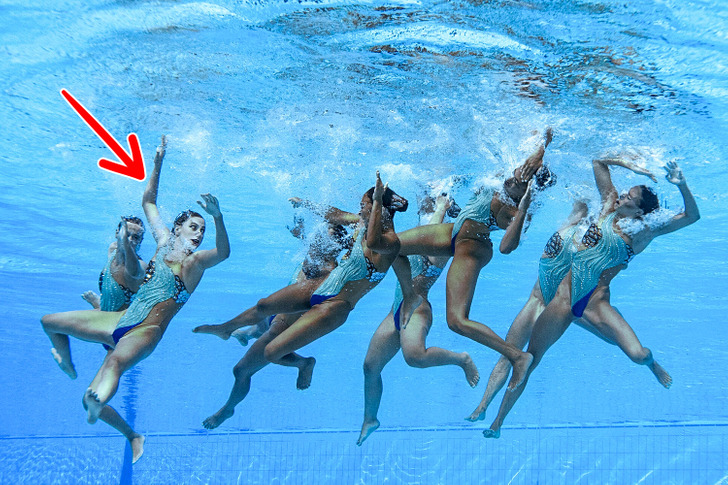
Even though goggles are not permitted, swimmers must maintain open eyes throughout their routine, including when submerged. They need to stay focused on their teammates to ensure they can adjust their positioning or prepare for specific movements when needed.
Olympic gold medalist Kelsi Worrell shared in an interview, “Nothing is too embarrassing. We are so vulnerable with each other and so open that we are there to help each other.” She admitted they aren’t ashamed if their tampon string can be seen, in fact, the other girls will discreetly point it out to offer support.
What sports have you participated in, and what about them did you like? If you could try any sport, which one would you choose and why? Otherwise, if you’re looking to try something new and unique, take a look at the sports outlined in this article — there’s a chance you’ve never even heard of most of them.











